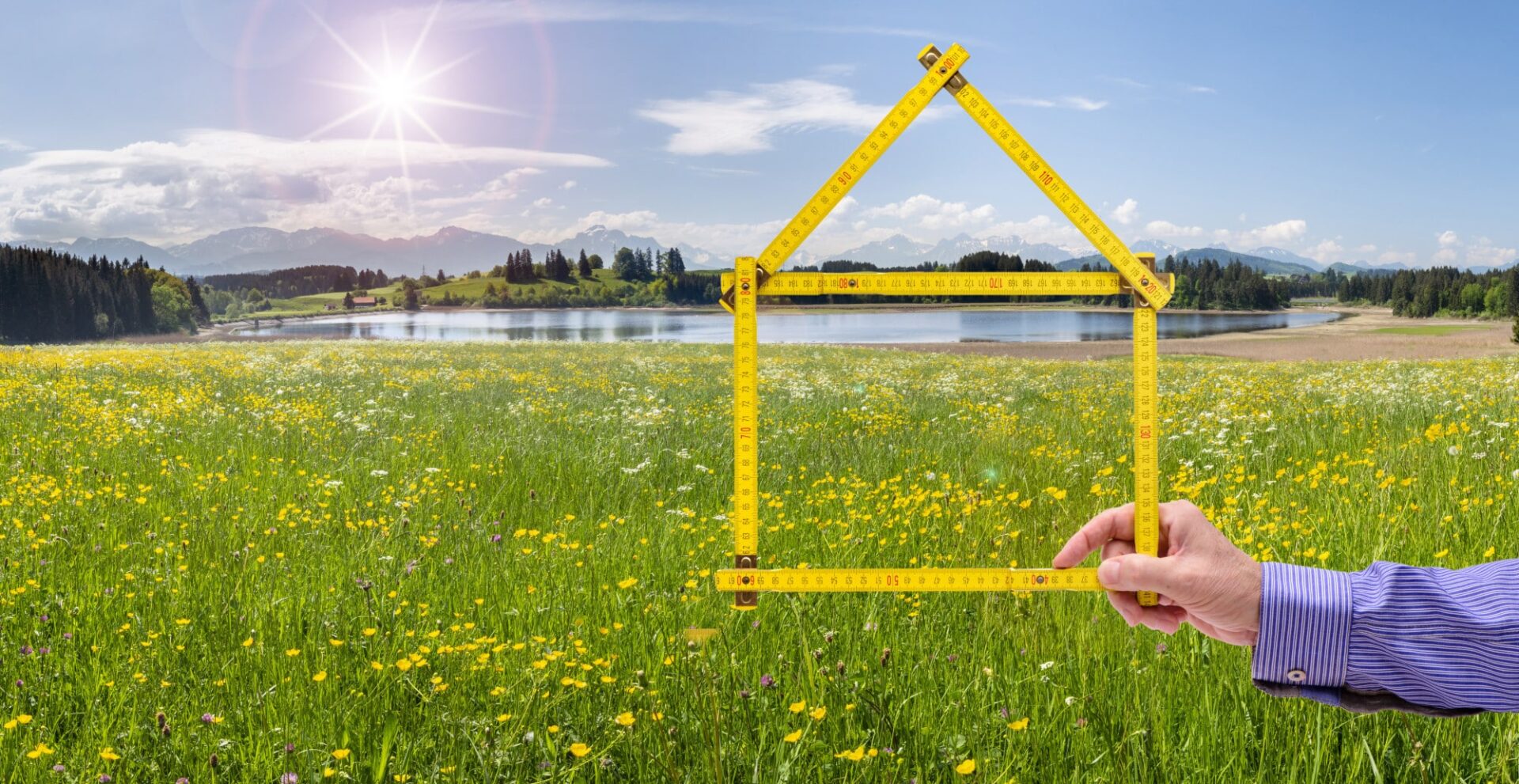The ADU industry has grown extensively in the last few years, especially in high-cost real estate markets.
"Can I put an ADU on my property?" The question of the year. There are several benefits to building an ADU, but is it allowed?
Keep reading and find out!
Tiny House vs. ADU
A tiny house in your backyard is called an accessory dwelling unit, or ADU. An ADU is generally used as a secondary house and is often used for guests.
There are several different uses for an ADU; this can include a home for your guests, an in-law suite for your parents, or if you are looking to make some money on the side, an Airbnb or other short-term rentals.
Tiny House Building Codes and Regulations
There are two different tiny houses you can build. The two options are a tiny house on a foundation or without foundation. Each option has other building codes and regulations.
However, each tiny house should comply with the following requirements:
- One bathroom
- The ceiling should be at least 6'4"
- If it has a loft, you need a ladder or stairs
- At least one window as an emergency exit
- Comply with the IBC or IRC requirements (International Building and Residential Code)
Other than that, you need to check with your local government for permit and zoning requirements.
In addition to different regulations per type of house, each state also has different regulations, so make sure that your state is tiny house friendly.
Some states are very accommodating to tiny houses because they welcome them as a solution to affordable housing. California, for example, usually accepts ADU's as secondary dwellings.
As a matter of fact, building a tiny house as a secondary dwelling on your property is a lot easier than if it is the sole residence. It will also add a lot more value to your home if you have a secondary dwelling.
You will need to check your town's building codes and regulations to make sure that you comply with the local codes.
There are several communities that are classified as Tiny House Communities. However, most towns classify an ADU as something that needs to have a foundation. If your local government classifies your tiny house as an RV, it can not be used as a secondary dwelling according to California Title 25.
What Qualifies as a Tiny House?
So what is a tiny house compared to a regular house, shed, or RV? A tiny house is considered "tiny" when it is less than 400 square feet.
On the other hand, for it to be considered a "house," the dwelling needs to have a bedroom, or a hybrid bedroom (a living room that converts into a bedroom at night), a bathroom, kitchen, and a living room.
The Benefits of a Tiny House
As mentioned above, there are several benefits to owning a tiny house, whether you live in them or rent them out.
Obviously, if you are using your tiny house as a secondary dwelling, you can house your guests there, whether they are permanent or just coming for the weekend.
If you have a secondary dwelling, you can offer your guests privacy, a quiet place to retreat, and a place to make their own food. Additionally, you won't need to share your own personal space with them. No need for line-ups at the bathroom early in the morning!
If you have permanent guests, like your parents, or the in-laws, a secondary dwelling is a must. It is essential that each family unit has its own space to retreat to, entertain its guests, or simply take a breather of the busyness of each other's lives.
If you are choosing to make your tiny house your permanent residence, their benefits to that as well. These include:
- Less clutter
- Less cleaning
- Better savings
- Greener living
Of course, there are some drawbacks as you can't have it all. You need to shed a lot of stuff in your life, and you need some great organization skills. However, many tiny house dwellers had said that their quality of life went up when they made the switch to small living.
Tiny House Ideas
If you are building a tiny house on your property, there are very many interesting ideas that will fit with your home. You won't have much resistance from the government as it increases the value of the neighborhood, provides an affordable solution to the housing shortage, and creates individuality.
So what kind of tiny houses can you build?
Are you looking for a luxurious guest house by the pool? A sweet little cottage by the river? Or would you prefer to live in the city?
The sky is the limit! Of course, make sure that your tiny house is within the regulations of your local government. However, other than that, you can be as creative as you'd like.
Can I Put a Tiny House on My Property?
The answer to "Can I put a tiny house on my property?" is not as simple as it may seem. However, if you are residing in California, it is very likely that you will have a good chance that you can!
Check with your local governments for permit and zoning regulations and get building! Contact us for a consultation and get the best tiny house floorplans!



